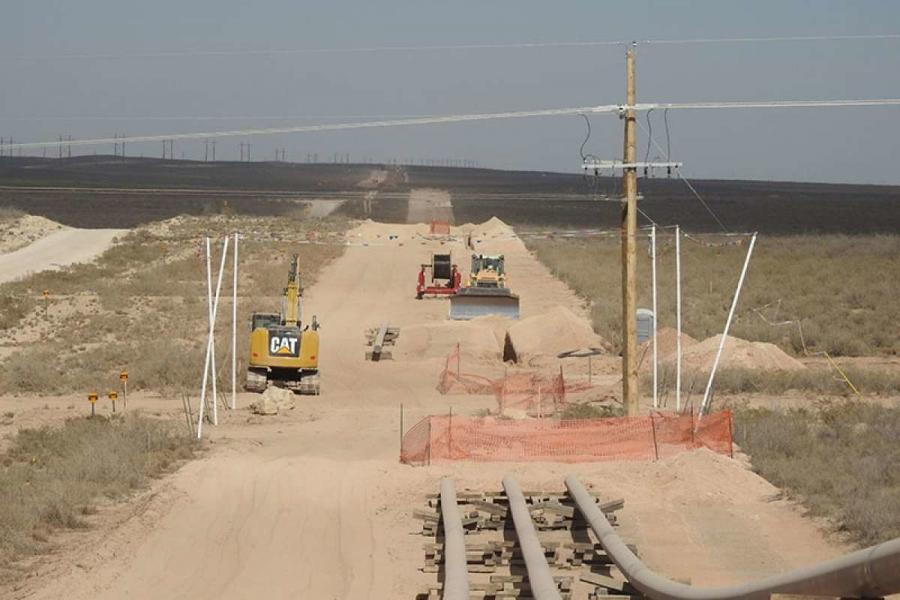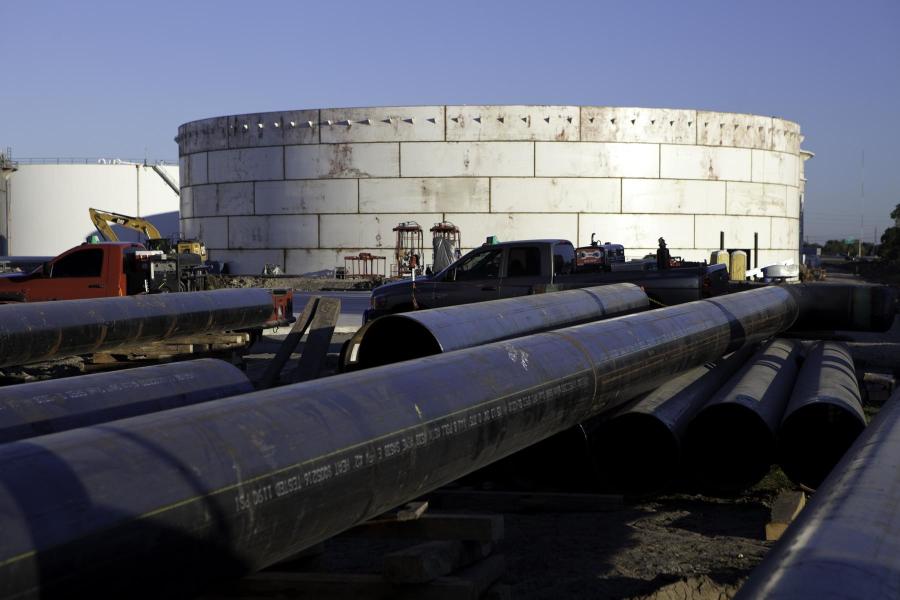Construction Equipment Guide
470 Maryland Drive
Fort Washington, PA 19034
800-523-2200
☰
×
Equipment and Specs
-
Parts Search
Equipment Specs
Wanted to Buy
CEG Bargains
All Equipment Categories
Aerial Lifts Aggregate Equipment Agricultural Equipment Air Compressors Asphalt / Concrete / Paving Asphalt Pavers Attachments Backhoe Loaders Cold Planers / Milling Machines Compact Track Loaders Compaction Equipment Conveyors / Feeders / Stackers Cranes Crawler Carriers Crawler Dozers Crawler Loaders Crushers Drills Dumpers Excavators Forestry Equipment Forklifts Landscaping Equipment Light Towers Material Handlers Mini Excavators Miscellaneous Equipment Motor Graders Off-Highway Trucks Off-Highway Water Trucks On-Road Trucks Pipelayers Power Systems and Generation Pumps Scrapers Screening Skid Steer Loaders Skip Loaders Snow Equipment Straw Blowers / Hydroseeders Sweepers Telehandlers Trailers Trenching / Boring / Cable Plows Utility Vehicles Welders Wheel Dozers Wheel Loaders
Industry News
Company
Subscribe
Equipment
Parts Search
Equipment Specs
Wanted to Buy
CEG Bargains
All Equipment List
Aerial Lifts
Aggregate Equipment
Agricultural Equipment
Air Compressors
Asphalt / Concrete / Paving
Asphalt Pavers
Attachments
Backhoe Loaders
Cold Planers / Milling Machines
Compact Track Loaders
Compaction Equipment
Conveyors / Feeders / Stackers
Cranes
Crawler Carriers
Crawler Dozers
Crawler Loaders
Crushers
Drills
Dumpers
Excavators
Forestry Equipment
Forklifts
Landscaping Equipment
Light Towers
Material Handlers
Mini Excavators
Miscellaneous Equipment
Motor Graders
Off-Highway Trucks
Off-Highway Water Trucks
On-Road Trucks
Pipelayers
Power Systems and Generation
Pumps
Scrapers
Screening
Skid Steer Loaders
Skip Loaders
Snow Equipment
Straw Blowers / Hydroseeders
Sweepers
Telehandlers
Trailers
Trenching / Boring / Cable Plows
Utility Vehicles
Welders
Wheel Dozers
Wheel Loaders







 If such an event occurs, the consequences could impact both international economics and global politics whether through foreign policy, or a resurgence of power for OPEC (the Organization of the Petroleum Exporting Countries).
If such an event occurs, the consequences could impact both international economics and global politics whether through foreign policy, or a resurgence of power for OPEC (the Organization of the Petroleum Exporting Countries). The third and final phase of the project will run from Benedum to Corpus Christi. Completion of the final 455 mi. should occur in late 2019.
The third and final phase of the project will run from Benedum to Corpus Christi. Completion of the final 455 mi. should occur in late 2019. The early success of the pipeline means it also will be expanded from 24 in. to 30 in. This will accordingly increase Permian Basin export capacity to roughly 600 MBbl/d. Once additional pumps and storage are added, the 30-in. capacity will result in an upgrade in capability to near 900 MBbl/d. This crude oil pipeline will run parallel to the NGL pipeline. The 30-in. pipe is scheduled to arrive on site in early 2019. The necessary equipment and pumps are already in place, while all construction crews currently employed by EPIC will remain on the job.
The early success of the pipeline means it also will be expanded from 24 in. to 30 in. This will accordingly increase Permian Basin export capacity to roughly 600 MBbl/d. Once additional pumps and storage are added, the 30-in. capacity will result in an upgrade in capability to near 900 MBbl/d. This crude oil pipeline will run parallel to the NGL pipeline. The 30-in. pipe is scheduled to arrive on site in early 2019. The necessary equipment and pumps are already in place, while all construction crews currently employed by EPIC will remain on the job.






